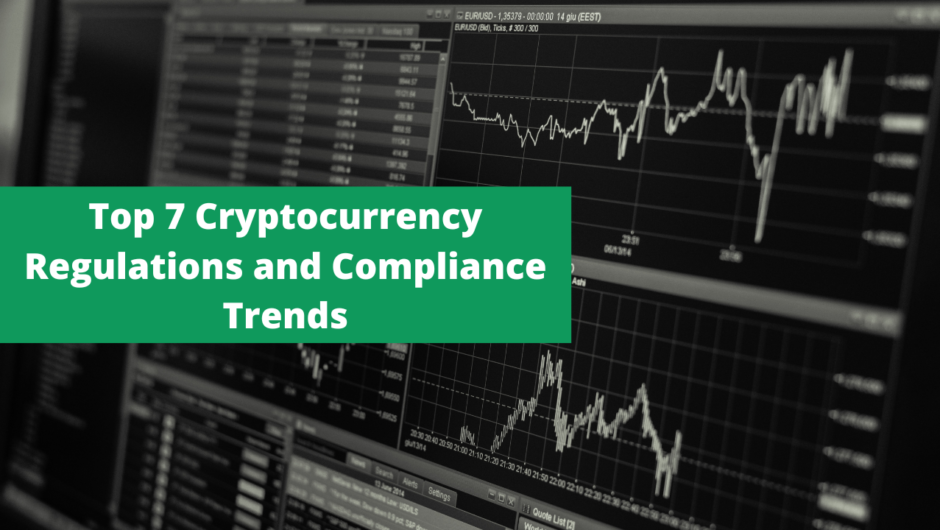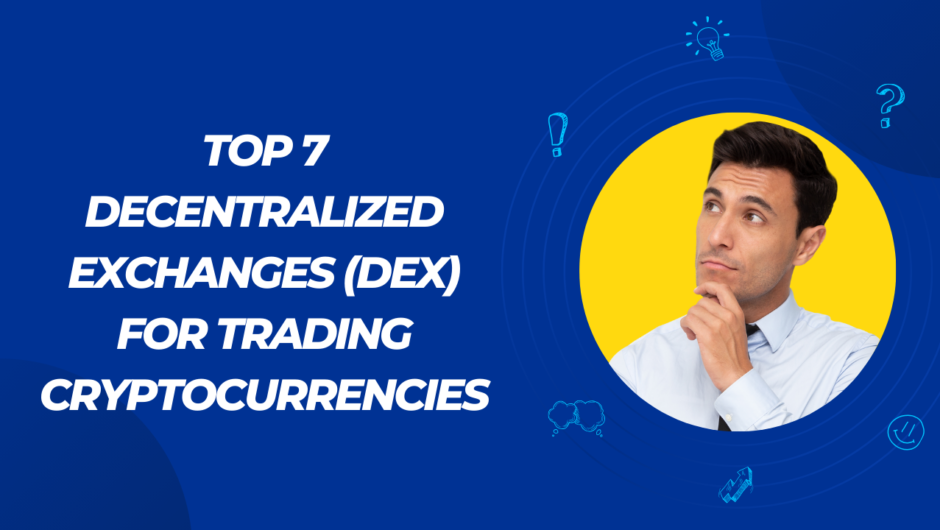Several different technical analysis techniques can work to generate strategies to incorporate volatile assets. Like all assets, volatile assets will may trend for a while and then consolidate as prices continue to probe for new ranges. The issue is that since they are volatile, you need technical analysis tools that will change quickly and allow you to take advantage of a new trend that might be developing with a volatile asset. For example, crypto trading is relatively volatile, and to have an edge, you need robust tools to generate CFD trading insight.
Using An Exponential Moving Average
If you are crypto trading and have tried to use a simple moving average to track a trend, you have likely experienced some challenges. Recall Remember, a moving average is the average of the asset price over a specific period. A volatile asset can change from dormant to volatile in a blink of an eye. To accommodate this issue, you might consider using an exponential moving average. This type of moving average uses more recent data to calculate the moving average, and therefore, it can provide a more timely gauge of changes to a trend when you are crypto trading as CFDs.
You can see from the chart of ETH/USD that the exponential moving average reacts more quickly to changes in the exchange rate for crypto trading of ETH/USD. You can use an exponential moving average like you would use a simple moving average. You can use a moving average crossover strategy when a short-term exponential moving average crosses above or below a longer-term exponential moving average. For example, when the 20-period exponential moving average crosses above the 50-period exponential moving average, a buy signal would be generated. A sell signal would be generated when the 20-period exponential moving average crosses below the 50-period exponential moving average.
Using Stochastics
A stochastic is a fancy term for an index that oscillates (moves back and forth). Stochastics, like the fast stochastic, can be seen in the chart of ETH/USD. Stochastics are prevalent technical analysis indicators that can be used in crypto trading of volatile assets as CFDs. A stochastic process is considered a random process like prices movements in CFD crypto trading. The fast stochastic generates an index value between 1-100. Levels above 80 are considered overbought, while reading on the fast stochastic below 20 is deemed to be oversold. There are two basic ways to use the fast stochastic when you are trading on the price of volatile assets. The first is to find periods when momentum is beginning to accelerate. The second is to determine if the price of the investment you are trading is overbought or oversold. We have already defined the latter. If the fast stochastic dips below 20, you should be on alert that the price is oversold. When the fast stochastic begins to print a reading above 80, you should also be on the lookout that the price is overbought.
The fast stochastic also generates a signal line when the stochastic crosses above the signal like short-term momentum is beginning to accelerate. When the fast stochastic crosses below the signal line, negative momentum is accelerating. You can consider using the fast stochastic in conjunction with other technical indicators like the exponential moving average.
Using a Short-Term MACD
Another momentum indicator is the MACD (moving average convergence divergence) index. This indicator uses moving averages to determine changes in momentum which can work well if you are crypto trading. The MACD evaluates the difference between 2-exponential moving averages. The 12-period exponential moving average is the first and the 26-period exponential moving average is the second.
If you are looking for quick sharp movements in a cryptocurrency, you might consider altering the settings of the MACD. For example, if you change the MACD settling to 5-period and 13-period, you will see a more active result. You can also change the exponential moving average of the signal line to a 9-period. The crossovers on the faster MACD are not as active as the signals on the fast stochastic. You can also consider using both in conjunction with one another. For example, you might only consider opening a buy deal when the MACD generates a crossover buy signal in oversold territory.
The Bottom Line
If you are crypto trading volatile assets as CFDs, you might consider using some technical indicators to provide you with entry and exit level insight. A few you might consider are the exponential moving average crossover, the fast stochastic crossover, and the MACD crossover. You can also use the fast stochastic to generate overbought and oversold levels. Using a combination of tools can also be an effective way to trade volatile assets as CFDs. Alone, each of these indicators will provide you with signals. Together they can create a system.

Hey, this is Johny Sehgal. I am the owner and caretaker at Finance Jungle. I completed my education in BSC and now heading towards the digital marketing industry. I usually have interests in reading, playing games and watching movies. I also love to write content based on quality information. The main motive of mine is to provide the top and best quality information to my readers. Finance Jungle is the blog for the same.











